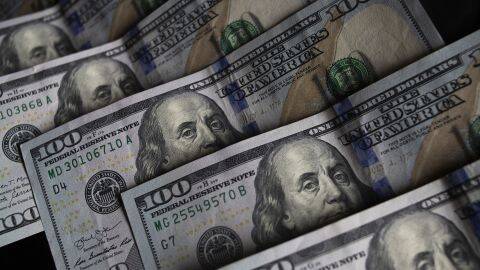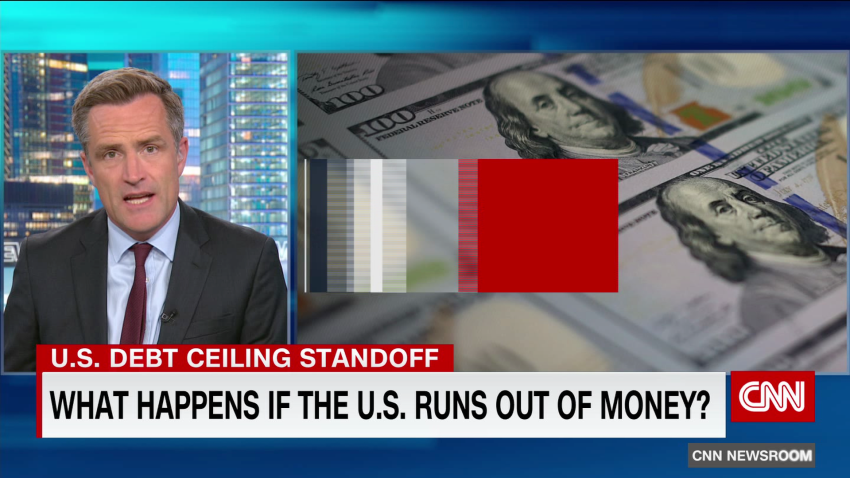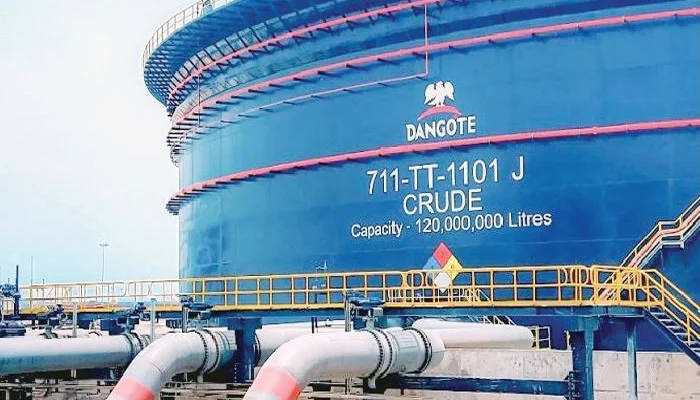
The global economy has been hit by two huge shocks in three years. It might be about to suffer a third in the shape of a US debt crisis.
After the Covid pandemic, and the first major war in Europe since 1945, the specter of the American government being unable to pay its bills is now stalking financial markets.
For most, it’s unthinkable, perhaps because the consequences are so terrifying. And it may never happen — there were signs Friday that negotiations in Washington to increase the amount the US government can borrow were gaining momentum. But if it does, it could make the 2008 global financial crisis feel like a walk in the park.
The fallout from a default would be “a million” times worse, said Danny Blanchflower, an economics professor at Dartmouth University and former interest rate-setter at the Bank of England. “What happens if the greatest economic monolith in the world can’t pay its bills? The consequences are frightful.”
The belief that America’s government will pay its creditors on time underpins the smooth functioning of the global financial system. It makes the dollar the world’s reserve currency and US Treasury securities the bedrock of bond markets worldwide.
“If the credibility of the Treasury’s commitment to pay comes into question, it can wreak havoc across a range of global markets,” said Maurice Obstfeld, non-resident senior fellow at the Peterson Institute for International Economics, a think tank in Washington.
During the 2011 standoff over raising the US debt ceiling, the S&P 500 index of leading US shares plunged more than 15%. The index kept falling even after a deal was reached, which happened just hours before the government ran out of funds.

Stock markets have largely shrugged off a possible default so far, even as the so-called X-date of June 1 draws nearer. That’s when the government, unable to borrow more, could run out of money, according to Treasury Secretary Janet Yellen, who still believes a deal will be reached in time.
“One of the concerns I have is that even in the run-up to an agreement — when one does occur — there can be substantial financial market distress,” she said Wednesday.
Fitch has already placed America’s triple-A credit rating, its highest score, on watch for a possible downgrade because of the political brinkmanship.
The move brought back memories of 2011, when S&P downgraded the United States from “AAA” to “AA+.” S&P has still not reinstated that perfect credit rating more than a decade later.
Any downgrade, however small, affects the pricing of trillions of dollars of US government debt and causes future borrowing costs to rise. Yields on short-dated Treasury bills have already ticked up and US mortgage rates have jumped amid the uncertainty.
From Bad To Worse
There’s no historical precedent for a US default, making it impossible to predict how it would unfold and difficult for institutions to prepare.
This was highlighted in comment this week by the head of one of the world’s biggest lenders. World Bank President David Malpass told CNN’s Julia Chatterley that the institution didn’t have “a special war room” to manage the threat. “I don’t expect a default,” he added.
Such a “war room” does exist at JPMorgan Chase. CEO Jamie Dimon told Bloomberg earlier this month that the bank was holding weekly meetings to prepare for a possible US default and that by May 21 he expected to meet every day.
For Carsten Brzeski, global head of macroeconomic research at Dutch bank ING, there can be no “automatic reaction” to that catastrophe.
In one scenario sketched out by Brzeski, the United States could avoid a technical default for a few weeks by continuing to pay bondholders at the expense of other budget items, such as spending on social security benefits and healthcare. That would be what Moody’s Analytics calls a “breach” of the debt ceiling. A breach is not as serious as a default, which would only occur if the Treasury failed to make a debt payment on time.
Markets would still be roiled in such a scenario but it would not trigger “the mother of all crises,” Brzeski said. If a Treasury security went into default, however, that would spark “immediate market panic,” noted Obstfeld of the Peterson Institute.
Economists at Moody’s Analytics think that even in the event of a breach lasting no more than a week, US gross domestic product (GDP) would decline by 0.7 percentage points and 1.5 million jobs would be lost. Writing in a paper this month, they assigned a 10% probability to a breach, adding that it is most likely to be a short one.
If the political impasse drags on through the summer, with Treasury prioritizing debt payments over other bills, “the blow to the [US] economy would be cataclysmic,” they wrote. GDP would plunge 4.6%, costing 7.8 million jobs. Stock prices would collapse, wiping $10 trillion off household wealth, and borrowing costs would spike.
A deep recession in the United States, caused by a prolonged breach or a US default, would sink the global economy too.
In either of those scenarios, if interest rates were to spike on US Treasuries — which are used to price countless financial products and transactions around the world — then borrowing costs would soar everywhere. The financial panic would cause credit markets to freeze up and stock markets to plunge.
Copied from CNN






